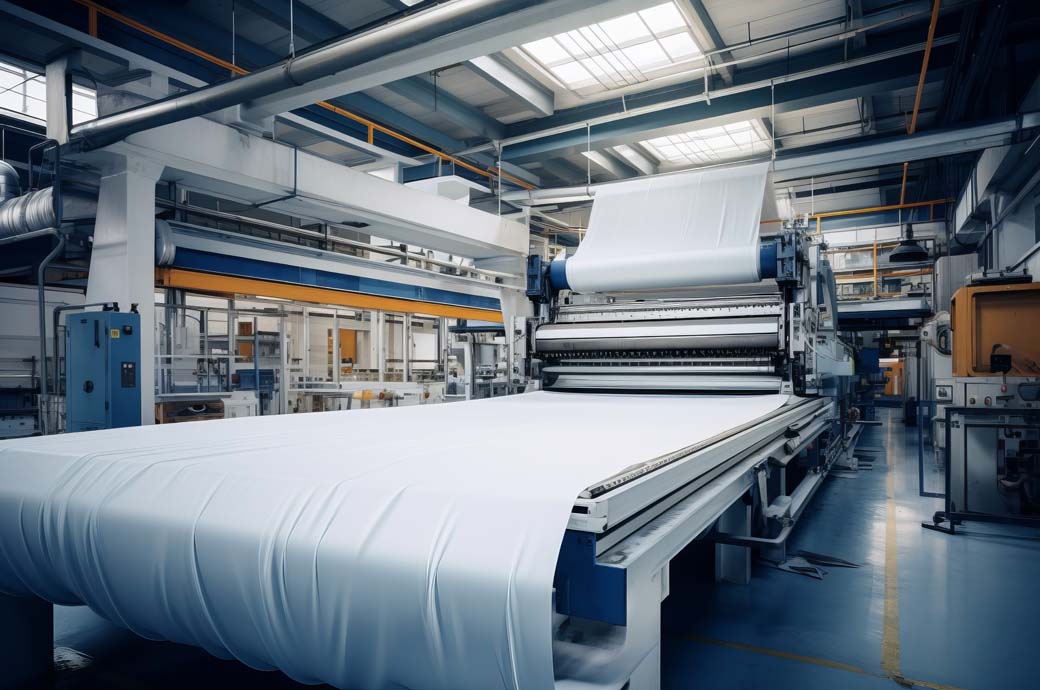The seasonally-adjusted Hamburg Commercial Bank flash euro zone composite PMI output index posted 47.1 in November to signal a sixth consecutive monthly reduction in business activity across the euro area’s private sector.
Euro area business activity continued to fall during November amid a further solid fall in new orders, according to provisional PMI survey data by S&P Global.
The rate of input cost inflation hit a six-month high midway through the final quarter of the year.
Prices in manufacturing continued to decline.
Firms scaled back their workforce numbers in November.
Although solid, the rate of contraction eased from that seen in October, when the headline index had been at a near three-year low of 46.5.
Both output and new business have now decreased in each of the past six months. In each case, the rate of contraction was softer than in the previous survey period.
New export orders, including intra-euro area trade, continued to decrease rapidly.
Spare capacity as a result of waning demand and relatively muted confidence in the outlook led companies to lower their staffing levels for the first time since the start of 2021, while purchasing activity and inventories were also scaled back.
The rate of input cost inflation hit a six-month high midway through the final quarter of the year, with the pace of increase in selling prices also quickening despite ongoing reductions in new orders. Prices in manufacturing continued to decline.
The rate of contraction was more pronounced in the manufacturing sector. Manufacturing production was down for the eighth month running, and at a rapid pace, albeit one that was the least marked since May.
With new orders down, companies again depleted their outstanding business midway through the final quarter, S&P Global said in a note.
Spare capacity as a result of the drop off in new work inflows meant that firms scaled back their workforce numbers during November, following no change in October. The fall in employment was the first in just under three years, but only marginal.
The overall reduction was driven by manufacturing where jobs were cut to the largest extent since August 2020.
Selling prices fell in manufacturing. Factory output prices were down for the seventh straight month as firms passed on cost savings to customers amid sharply falling demand.
Overall, output prices increased solidly in November, with the rate of inflation ticking up from October.
The overall downturn in the euro zone was driven largely by Germany and France. France posted the sharpest reduction in November as output fell markedly on the back of the steepest decline in new orders in three years.
Rates of contraction in output and new orders in Germany eased, but they remained solid overall. Business activity has now decreased in each of the past five months.
While output also decreased in the rest of the euro area in November, the rate of decline was only modest. Moreover, the rest of the euro zone continued to record job creation, contrasting with the picture in France and Germany.
Fibre2Fashion News Desk (DS)



:max_bytes(150000):strip_icc()/Health-GettyImages-2197450700-1a16cda3532243619c3a9cfbf088696d.jpg)

